Monday, October 30, 2017
National Geographic Photo of the Day: October 30th of 2017
October 30, 2017
Sunlit Dive
Sunlight shines into the water as a diver swims in a cenote in Mexico. "It's an amazing and unique experience in the life of a underwater photographer," says Your Shot photographer Fabrice Guerin. "The mysticism, beauty, and exuberance of these underwater landscapes make me feel like I discovered another world."
Photograph By FABRICE GUERIN, National Geographic Your Shot
Astronomy Picture of the Day: October 30th of 2017
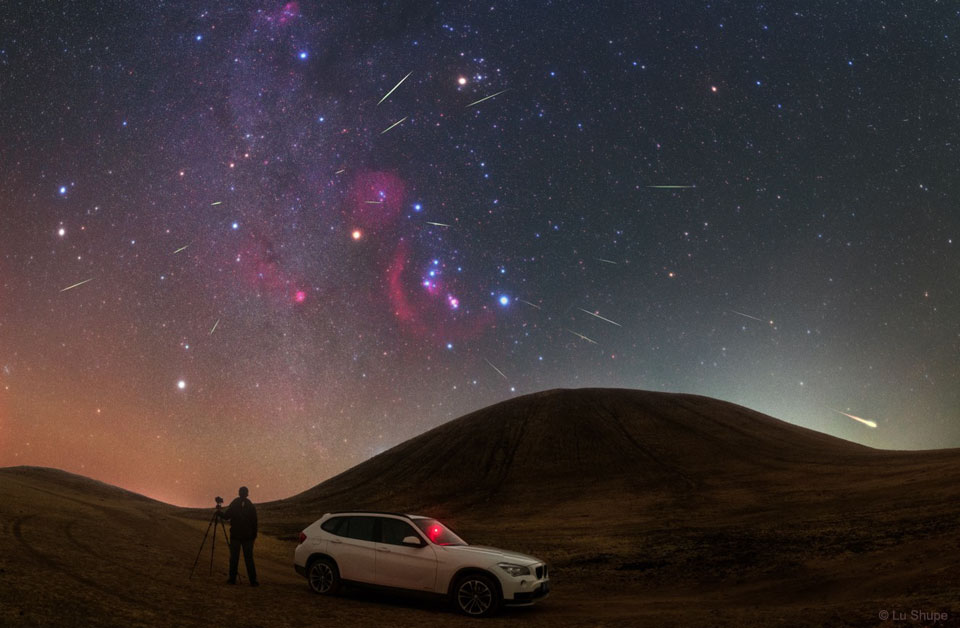
Image Credit & Copyright: Lu Shupei
Sunday, October 29, 2017
National Geographic Photo of the Day: October 29th of 2017
October 29, 2017
To the Island
The Akashi Kaikyō Bridge connects Awaji Island to Honshu, the largest Japanese island. The bridge is almost 2.5 miles long, and approximately 23,000 cars cross it each day.
Photograph By Tomoshi Hara, National Geographic Your Shot
Astronomy Picture of the Day: October 29th of 2017
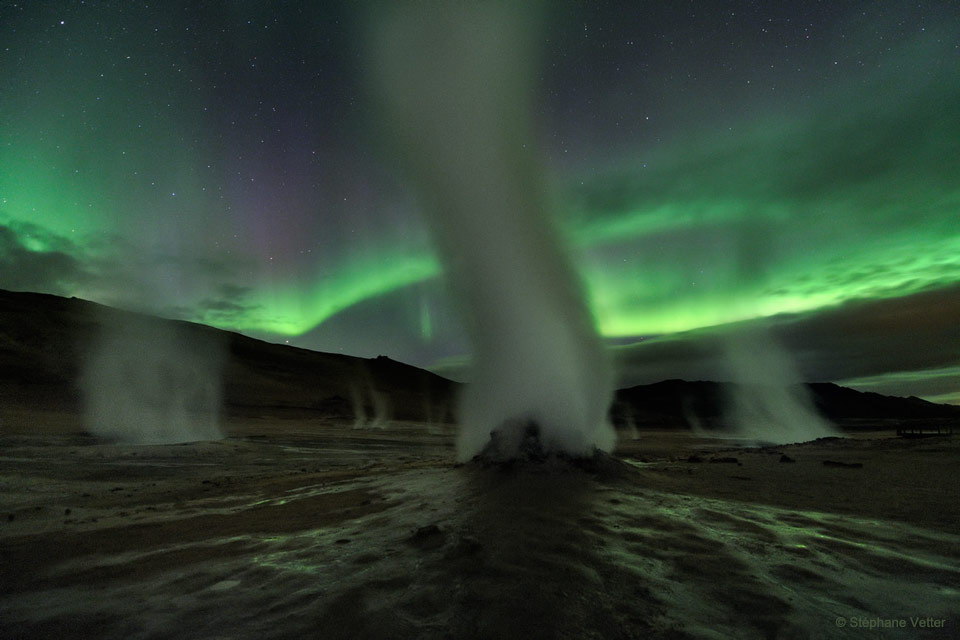
Night on a Spooky Planet
Image Credit & Copyright: Stéphane Vetter (Nuits sacrées)
Explanation: What spooky planet is this? Planet Earth of course, on a dark and stormy night in 2013 at Hverir, a geothermally active area along the volcanic landscape in northeastern Iceland. Geomagnetic storms produced the auroral display in the starry night sky while ghostly towers of steam and gas venting from fumaroles danced against the eerie greenish light. Tonight, there is also a chance for geomagnetic storms triggered by recent solar activity, so high-latitude skygazers should beware. Ghostly shapes may dance in your neighborhood pretty soon, too.
Friday, October 27, 2017
National Geographic Photo of the Day: October 27th of 2017
October 27, 2017
Monastery in the Mist
Near the town of Kalambaka, Greece, six Eastern Orthodox monasteries are built on top of a series of tall rock formations called the Meteora. Pictured here is the Roussanou Monastery, which was founded sometime in the mid-16th century. Today, a small group of nuns resides there.
Photograph By Veselin Atanasov, National Geographic Your Shot
Astronomy Picture of the Day: October 27th of 2017

Image Credit & Copyright: Kent Wood
LEDs for 4x4s

Cutequeen 4 X 18w 1800 Lumens Cree LED Spot Light for Off-road SUV Boat 4x4 Jeep Lamp Tractor Marine Off-road Lighting Rv Atv(pack of 4)
Input:10v-30v DC,6x3W high intensity CREE LEDs;1800 lumens,Spot Beam: 30 degree ;Dimension 4.2"x 4" square heavy duty fixture
Thursday, October 26, 2017
National Geographic Photo of the Day: Ocotber 26th of 2017
October 26, 2017
Family Feast
While photographing in Tanzania's Serengeti National Park, Your Shot photographer Sonalini Khetrapal came across a group of cheetahs feasting on a springbok. "It was fascinating to watch the brothers intermittently embrace each other and lick the blood off each other’s faces while the mother kept guard," she says. "This photograph captures the harshness of the wild and yet softens us to witness the strong bond between the brothers."
Photograph By Sonalini Khetrapal, National Geographic Your Shot
Astronomy Picture of the Day: Ocotber 26th of 2017
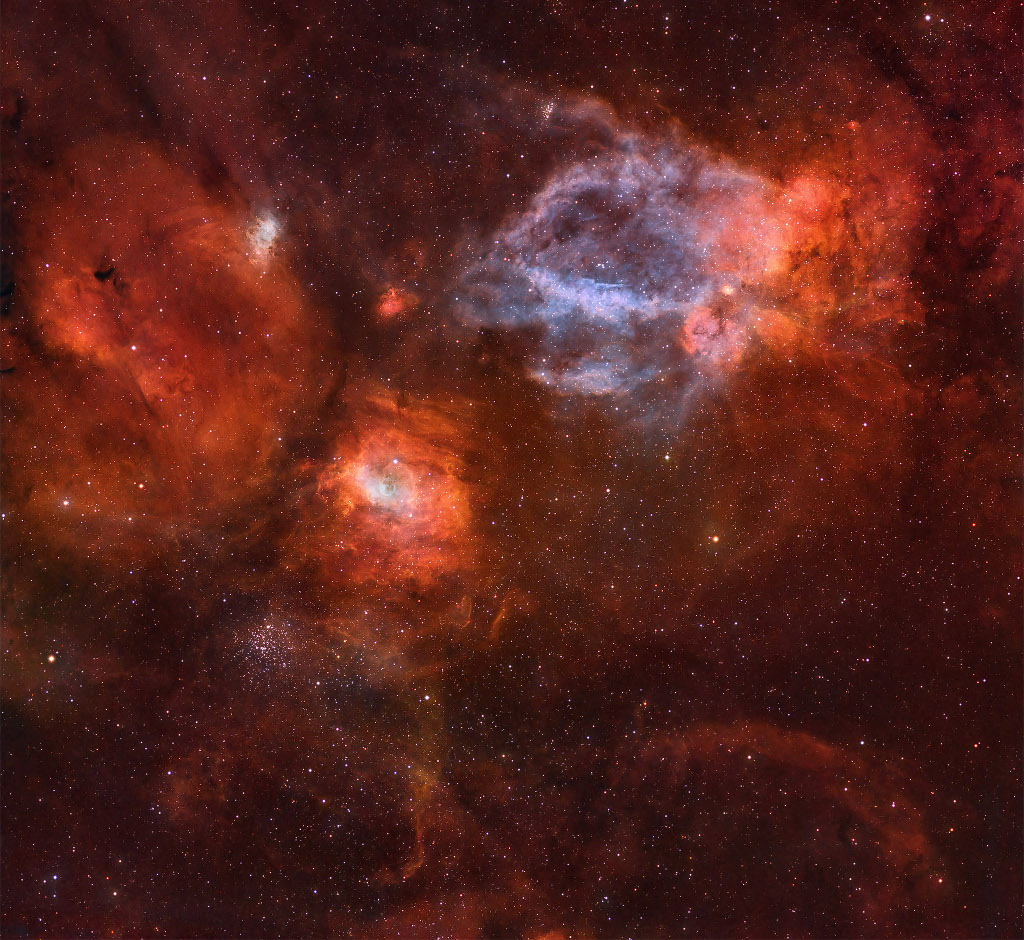
Image Credit & Copyright: Rolf Geissinger
Wednesday, October 25, 2017
National Geographic Photo of the Day: October 25th of 2017
October 25, 2017
Seeing Double
Your Shot photographer Øyvind Blomstereng says he waited for years to get this photo in his hometown of Trondheim, Norway. "There was a full moon and low pressure outside the coastline of my part of Norway," he explains. "Normally there is a distance from the wharves to the river ... not this morning."
Photograph By Øyvind Blomstereng, National Geographic Your Shot
Astronomy Picture of the Day: October 25th of 2017
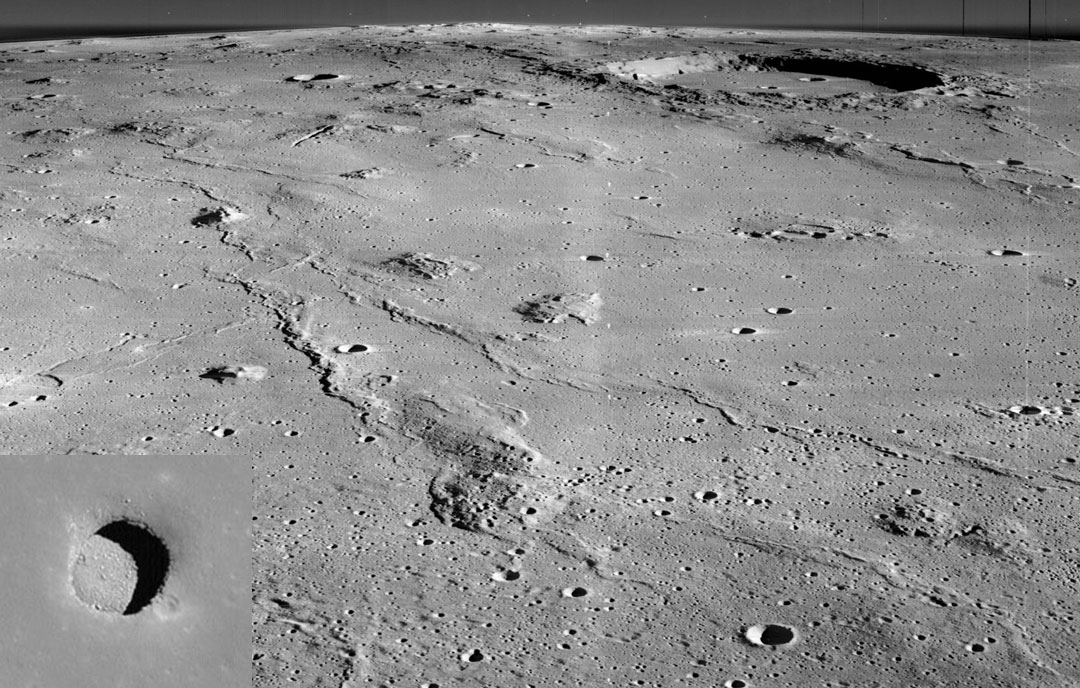
Image Credit: NASA, Lunar Orbiter 2; Inset: Lunar Reconnaissance Orbiter
Tuesday, October 24, 2017
National Geographic Photo of the Day: October 24th of 2017
October 24, 2017
Look Up
While driving through Northern California, Your Shot photographer Josh Heidebrecht experienced a moment of photographic serendipity after he and his friend pulled over to see what they could find in the grove. "While searching, a squirrel briefly chattered above me, causing me to look straight up," he remembers. "Luckily I had my wide-angle lens with me so I could capture this perspective of the partially burnt redwoods towering above us in an eerie silence."
Photograph By Josh Heidebrecht, National Geographic Your Shot
Astronomy Pictureof the Day: October 24th of 2017
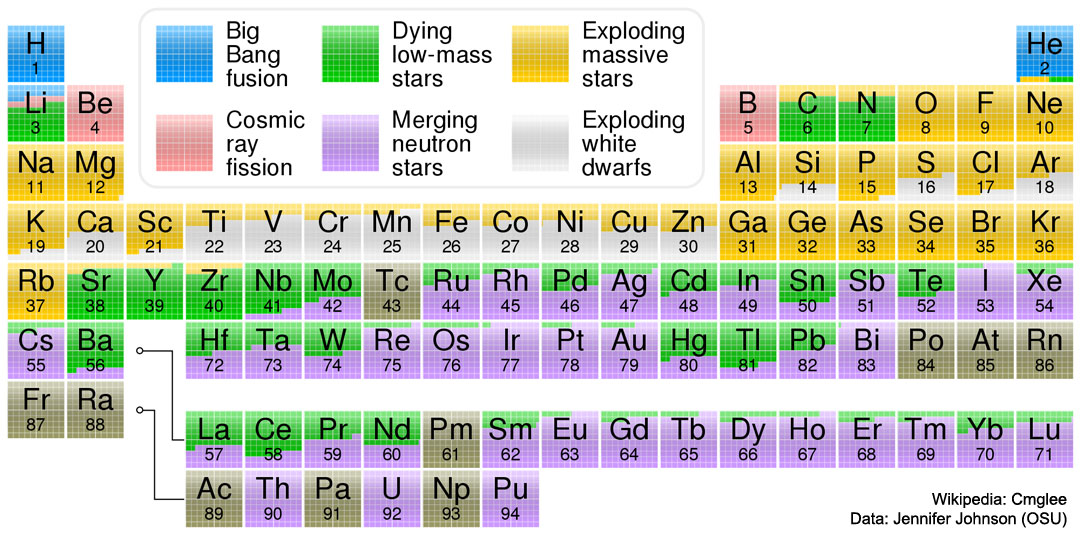
Image Credit & License: Wikipedia: Cmglee; Data: Jennifer Johnson (OSU)
Subscribe to:
Comments (Atom)














